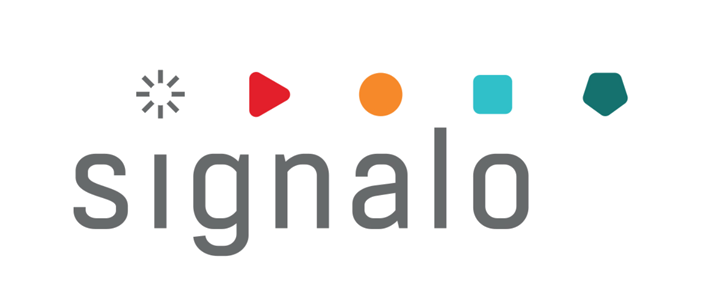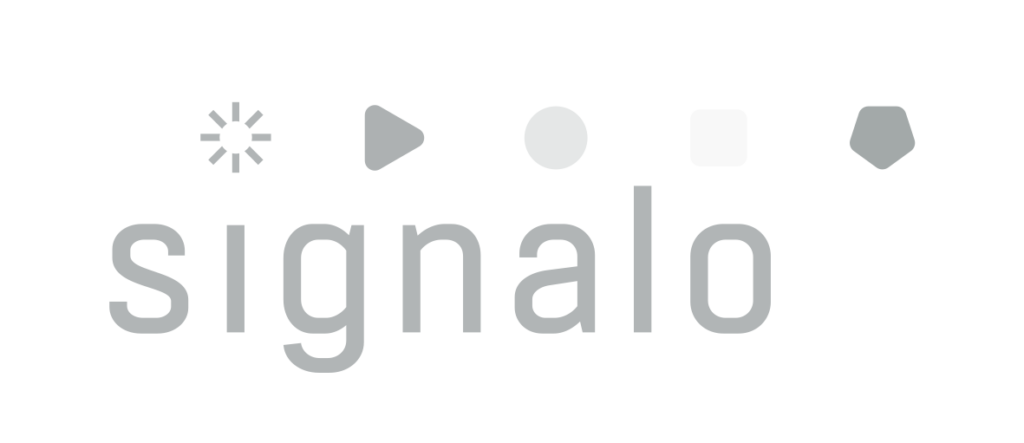- A cost leadership strategy is one that focuses on reducing production and service costs to achieve higher levels of productivity and higher profits.
- Cost leadership is usually related to managing human resources, information system, production and logistics to achieve higher levels of productivity and lower costs to achieve higher profits.
- This strategy can include introducing new technology, automation, process optimization, reducing headcount and changing suppliers. A cost leadership strategy can be used to increase profits or achieve other business goals.
Where does the strategy come from?
The cost leadership strategy comes from strategic management theory, which emphasizes the importance of cost management in managing a company.
- The cost leadership strategy is to run the business in such a way as to ensure that the entity has a low cost of involvement in the production process and achieves profitability.
- This means that entities must use all available means to reduce production costs without affecting the quality of the product or service.
- This strategy is particularly effective in sectors where there is strong competition and where customers are more price sensitive.
How to achieve cost leadership?
- Save on production costs. Minimize production costs by analyzing the entire production process and identifying areas where money can be saved.
- Reduce material consumption. Use fewer materials in production to reduce costs.
- Use resources efficiently. Conduct a profitability analysis to make sure you are using all available resources efficiently.
- Improve efficiency. Consider using new technologies, such as automation and robotics, to improve efficiency and reduce costs.
- Control fixed costs. Use charts and indicators to monitor fixed costs and determine whether they are being optimized.
- Develop effective purchasing strategies. Develop effective purchasing strategies to reduce costs while ensuring that the materials you buy are of high quality.
- Use innovative tools. Use modern tools, such as machine metering, forklift control, competence matrix, streamlining employee suggestion system, etc. This will maximize the use of your resources, save costs and increase profits.
Steps for implementing a cost leadership strategy
1 Identify strategic priorities
Cost leadership should aim to reduce costs, so the priority should be to determine what costs can be optimized and what actions should be taken to optimize them.
2 Set goals
The goal of cost leadership is to reduce costs and increase efficiency. To achieve this, it is necessary to set specific goals that will be pursued over the long term.
3 Prepare an action plan
The action plan should detail all the activities that will be implemented to achieve the cost leadership goals.
4. Selection of tools
In order to effectively implement the cost leadership strategy, tools should be selected to help determine cost and productivity levels and monitor progress.
5. Team selection
Teamwork is key to implementing a cost leadership strategy. The team should be made up of people with different experience and competencies.
6. Create quality controls
Quality controls and systems for monitoring progress should be developed to make sure that all activities are carried out as planned.
7. Provide training
Employees must be adequately trained to perform their duties effectively as part of the cost leadership strategy.
8 Monitor progress
To ensure that all activities are carried out according to plan, progress must be continuously monitored, and any adjustments made.
Strategy implementation
In order to successfully implement a cost leadership strategy, a company:
- must start conducting a detailed cost audit to get an accurate picture of all financial inputs.
- should identify all possible ways to reduce costs, adjusting to the needs and expectations of employees.
- must adopt appropriate procedures to manage costs in a manner consistent with the principles of cost leadership.
- should provide employees with the tools and knowledge needed to reduce costs.
- For example, Company X can implement a cost leadership strategy by introducing a cost audit process in which all expenses are scrutinized and analyzed in detail.
- The company can then introduce a cost management system to monitor and control all expenses.
- The company can also introduce a number of tools and techniques to help employees manage costs, such as reporting, planning, budgeting and scheduling programs.
- Finally, the company should provide cost leadership training to employees to get the most out of this strategy.
Act sensibly, that is:
- Make sure all employees understand the concept of cost leadership and its purpose. They must be clear about how their actions can affect savings.
- Analyze all expenses and identify which ones are necessary and which ones can be reduced.
- Establish spending limits to prevent overspending.
- Maintain updated IT systems to track all expenses and make sure they are optimal.
- Use technology to effectively implement a cost leadership strategy.
- Establish human resource management processes to ensure proper utilization of employees.
- Provide training for employees to understand how to apply the cost leadership strategy.
- Monitor performance to ensure that the strategy is effective.
Cost leadership strategy, after how long do you see results?
The effects of a cost leadership strategy can appear within a few months or a few years, depending on the scale and scope of implementation. It is important to plan and implement the strategy in a manner consistent with the objectives. Implementing the strategy early and clearly spelling out the benefits, can provide faster and more effective results.
Note!
However, it is always worth considering implementation, as a cost leadership strategy allows companies to achieve higher profits and reduce costs by creating a competitive advantage based on lower production costs.
Values
Discover the benefits of collaboration
We offer a free consultation as the first step of collaboration, allowing you to familiarize yourself with our approach and verify our advisory competencies. This way, even before making a decision, you’ll feel that your situation and problem have been well understood, and the proposed solution will be optimally tailored to your company’s situation.
Our services (support) are included in a subscription, which does not generate hidden costs. The subscription-based billing allows for a significant reduction in the entry threshold into the system and enables immediate testing.
We are communicationally independent – we can develop our system without depending on the client’s IT department. We do not generate additional work for the client’s IT department. This way, we lower the implementation risk and associated costs. The possibility of quicker implementation of the solution results in faster return on investment.
Login to our applications is secured at a high level, characteristic of banking solutions. At the same time, the login process is intuitive. Your data is as secure as in a bank thanks to our system.
We offer multilingualism in our solutions through real-time translation—each employee operates applications in their native language. This enhances efficiency and reduces costs by expanding the potential labor market and eliminating the need to hire translators.
Our software features an interface optimized for quick, easy, and intuitive use, even by digitally excluded or poorly skilled employees. This means real-time savings in both time and training costs for your workforce in using the new software. The ability for rapid deployment of software for use results in a shorter transition/implementation period.
















